Kolink Continuum KL-C1500PL PSU Review: Miner's Delight?
Why you can trust Tom's Hardware
Teardown & Component Analysis
Before proceeding with this page we strongly encourage you to a look at our PSUs 101 article, which provides valuable information about PSUs and their operation, allowing you to better understand the components we're about to discuss.
| General Data | |
|---|---|
| Manufacturer (OEM) | Enhance Electronics |
| Primary Side | |
| Transient Filter | 4x Y caps, 4x X caps, 2x CM chokes, 1x MOV, 1x CM02X |
| Inrush Protection | NTC thermistor & relay |
| Bridge Rectifier(s) | 2x Shindengen LL25XB60 (600V, 25A @ 113°C) |
| APFC MOSFETs | 4x Infineon IPP50R140CP (550V, 15A @ 100°C, 0.14Ω) |
| APFC Boost Diode | 2x CREE C3D10060A (600V, 10A @ 153°C) |
| Hold-up Cap(s) | 3x Nichicon (450V, 560uF, 2000h @ 105°C, GL) |
| Main Switchers | 4x Infineon IPP60R099C6 (650V, 24A @ 100°C, 0.099Ω) |
| Driver ICs | 2x Silicon Labs Si8230BD |
| APFC Controller | Champion CM6502S & CM03X Green PFC controller |
| LLC Resonant Controller | Champion CM6901T6X |
| Topology | Primary side: Full-bridge & LLC resonant controller Secondary side: Synchronous rectification & DC-DC converters |
| Secondary Side | |
| +12V MOSFETs | 16x Infineon BSC014N04LS (40V, 100A @ 100°C, 1.4mΩ) |
| 5V & 3.3V | 2x DC-DC Converters |
| Filtering Capacitors | Electrolytics: Rubycon (6-10,000h @ 105°C, ZLH), Sun'con (105°C), Nippon Chemi-Con (4-10,000h @105°C, KY) Polymers: Unicon (UPH, 2,000h @ 125°C) |
| Supervisor IC | SITI PS223 (OVP, UVP, OCP, SCP, OTP) |
| Fan Model | Yate Loom D14BH (140mm, 12V, 0.7A, 2800 RPM, 140 CFM, 48.5 dB[A], Double Ball Bearing) |
| 5VSB Circuit | |
| Rectifier | 1x PFR10V45CT SBR (45V, 10A) |
| Standby PWM Controller | Sanken STR-A6062H |
This platform is provided by Enhance Electronics and features very good build quality, despite an affordable price for this wattage category. The same high-end design is also used in SilverStone's ST1500-TI, which costs way more than the KL-C1500PL. Kolink's offering even has more efficient primary switching FETs and higher-capacity bulk caps. Everything else is exactly the same between the two PSUs.
We find a full bridge topology on the primary side, along with an LLC resonant converter. On the secondary side, the DC-DC converters are installed on a PCB right behind the modular board in an effort to minimize energy losses. Finally, the +12V FETs are installed on the main PCB's solder side, and are mainly cooled by the chassis.
Ripple filtering is mainly done by polymer caps, with the few electrolytic ones being provided by respected manufacturers. This is a key feature, since capacitor quality on the secondary side plays a major role in a PSU's reliability.
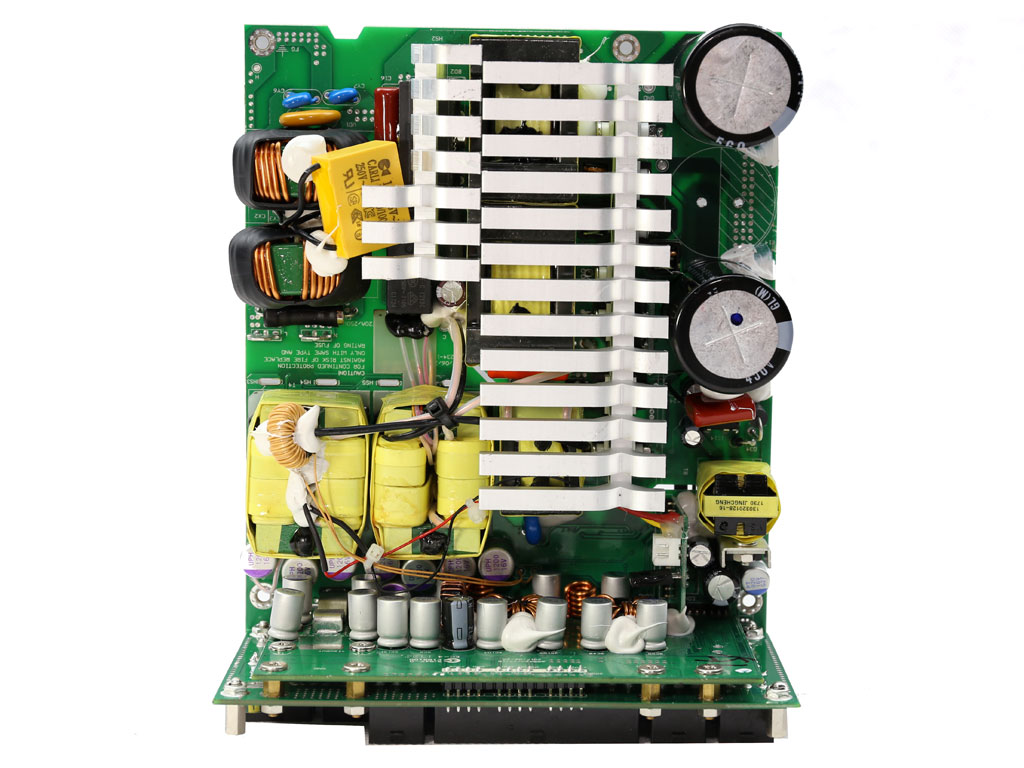















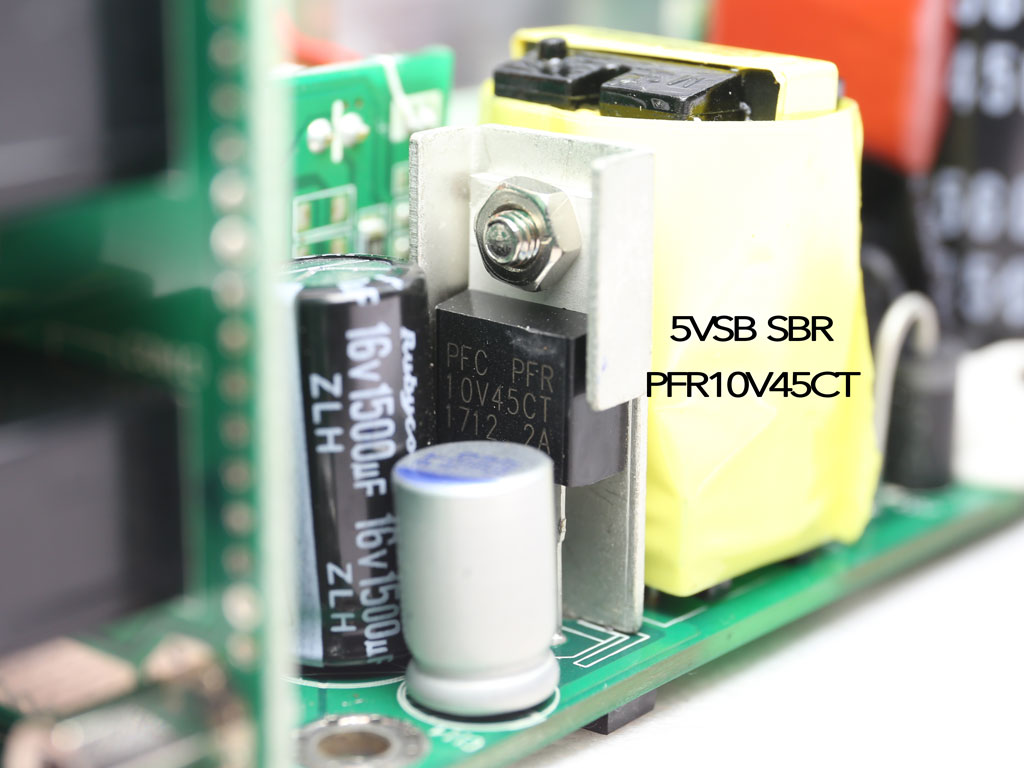


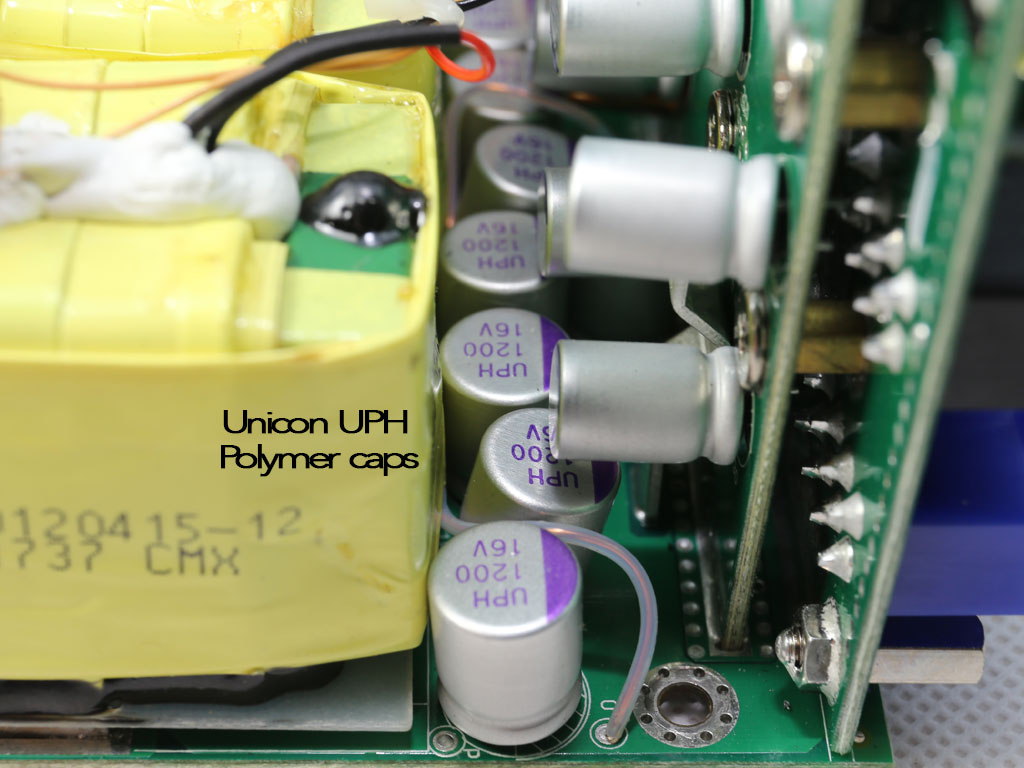







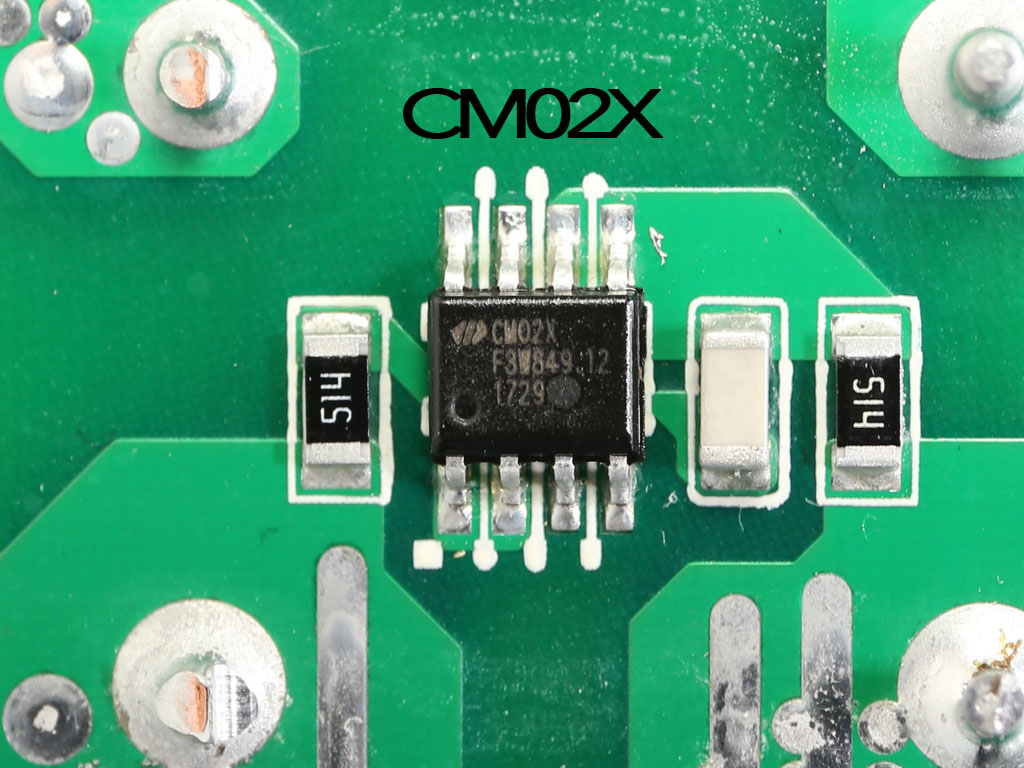
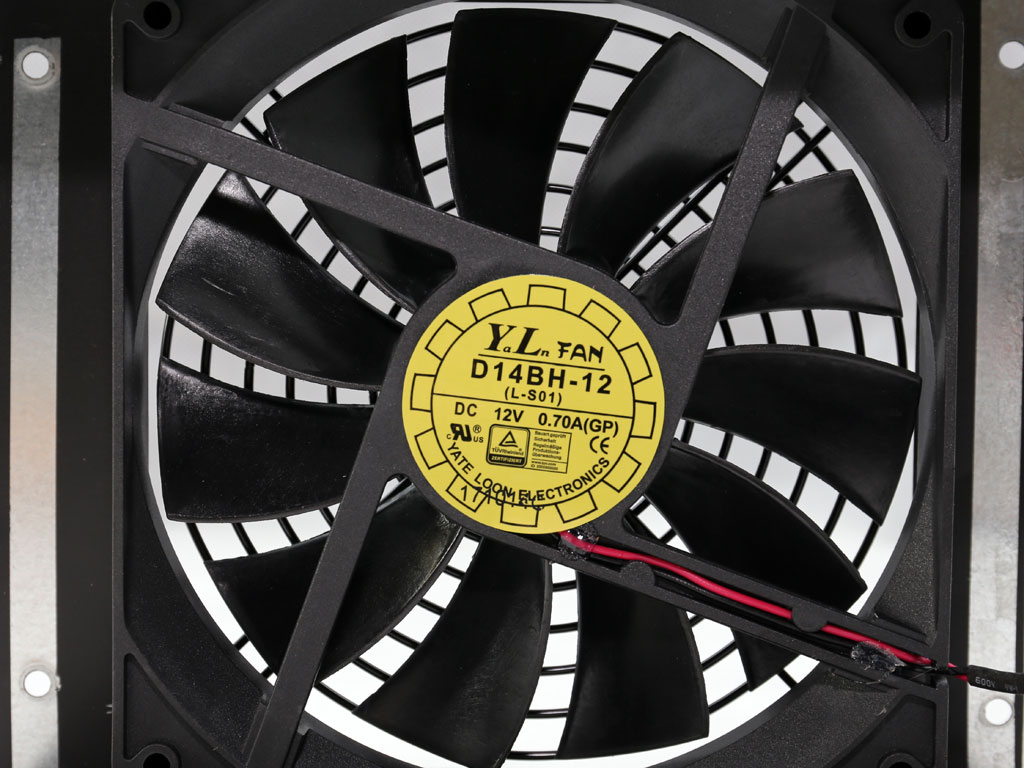
The following video shows the KL-C1500PL’s internals.
MORE: Best Power Supplies
MORE: How We Test Power Supplies
Get Tom's Hardware's best news and in-depth reviews, straight to your inbox.
MORE: All Power Supply Content
Current page: Teardown & Component Analysis
Prev Page Unboxing Video Next Page Load Regulation, Hold-Up Time & Inrush Current
Aris Mpitziopoulos is a contributing editor at Tom's Hardware, covering PSUs.
-
ozicom "The problem we see is that all eight-pin connectors have the same pattern, making it possible to accidentally connect an EPS cable to a PCIe socket and vice versa." Well I had a fully modular PSU in past and you can't connect eight pin of EPS to PCIe because the sockets may look same but they're not. If you look closer on top left two sockets of black and blue eight pins the notches are not same so you can't connect it. But if you tried and connect it it's a problem of course.Reply